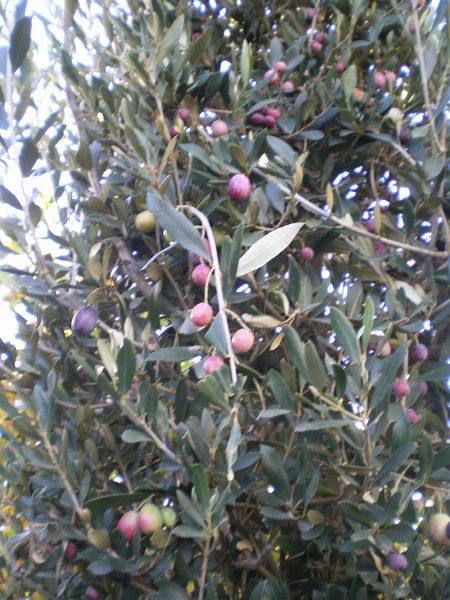Olea europea

Description: A slow growing evergreen tree with long grey-green leaves. Olives are often sold as mature specimen plants with gnarled stems creating a real focal point in a sunny spot. Olives will stand the average UK winter. Often used in courtyards, Mediterranean style gardens and formal plantings. Olives produce small white flowers in summer followed by fruits in the autumn that turn purple-black.
Climate / Position: Full sun in a sheltered spot. Olives do not like an exposed position.
Height / Spread: Height up to 5m. Spread up to 4m. Both height and spread can be restricted by pruning.
Soil Requirements: Very free draining soil with low fertility. Add grit when planting on clay soils to ensure good drainage. Olives do not like a wet soil in the winter months. Use John Innes no3 and added grit if growing in pots.
Pruning: Olives respond well to pruning. Prune in the spring as the wood needs to ‘ripen’ before the onset of colder weather.
Special Requirements: Shelter from drying winds. Water during dry spells in the summer months. Do not allow the roots to freeze if grown in pots.
The olive has been an important building block of many ancient cultures. The tree itself represents peace and happiness and the oil is a symbol of goodness and purity. The leaves were used as a symbol of wealth and peace and used in crowns for victors of friendly contests. Leaves of the olive tree were even found in Tutankhamen’s tomb. So with an olive tree in your garden you would be in pretty good company!
